Ashley AF700 Quick start guide
Other Ashley Wood Stove manuals

Ashley
Ashley AW1820E Operation and maintenance manual
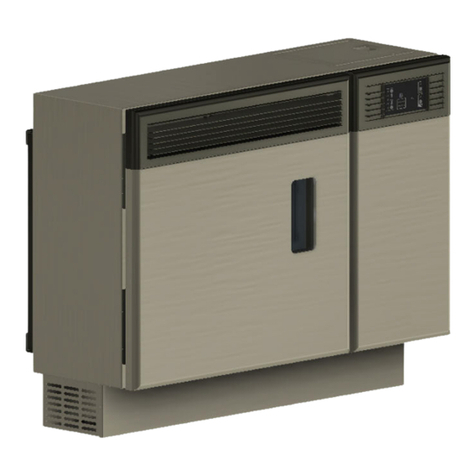
Ashley
Ashley AP5000 Operation and maintenance manual
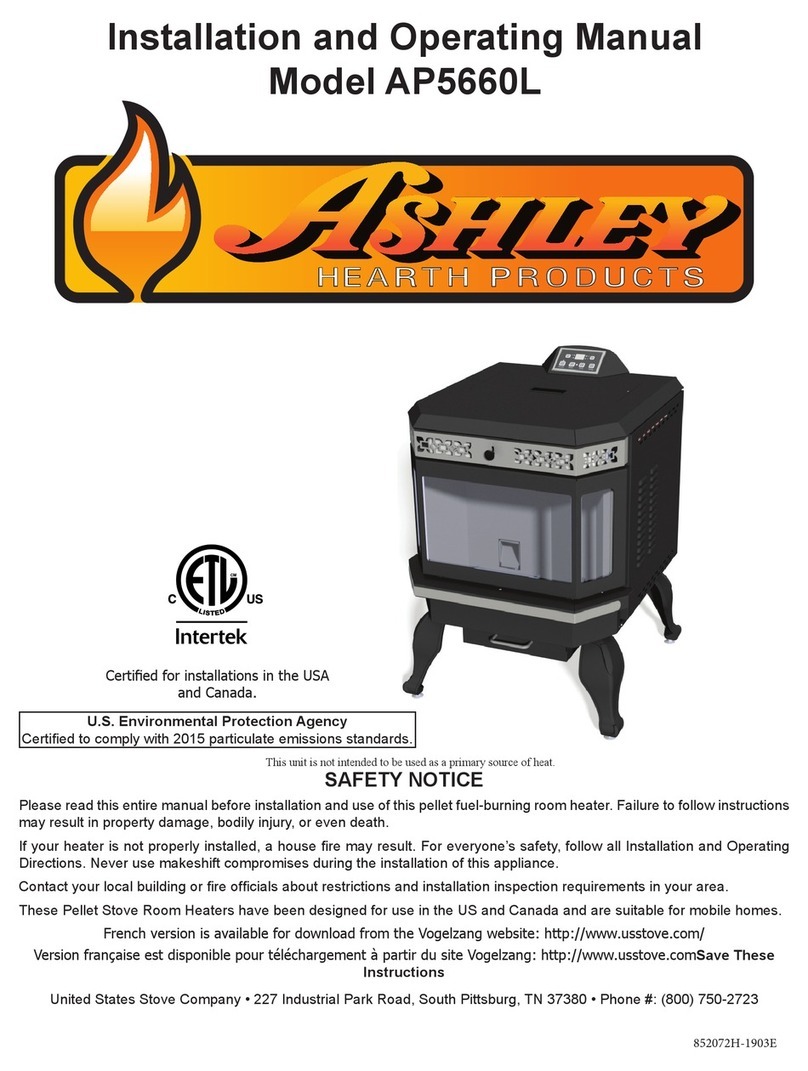
Ashley
Ashley AP5660L User manual

Ashley
Ashley AC2000 User manual

Ashley
Ashley Ashley AP5660PE User manual
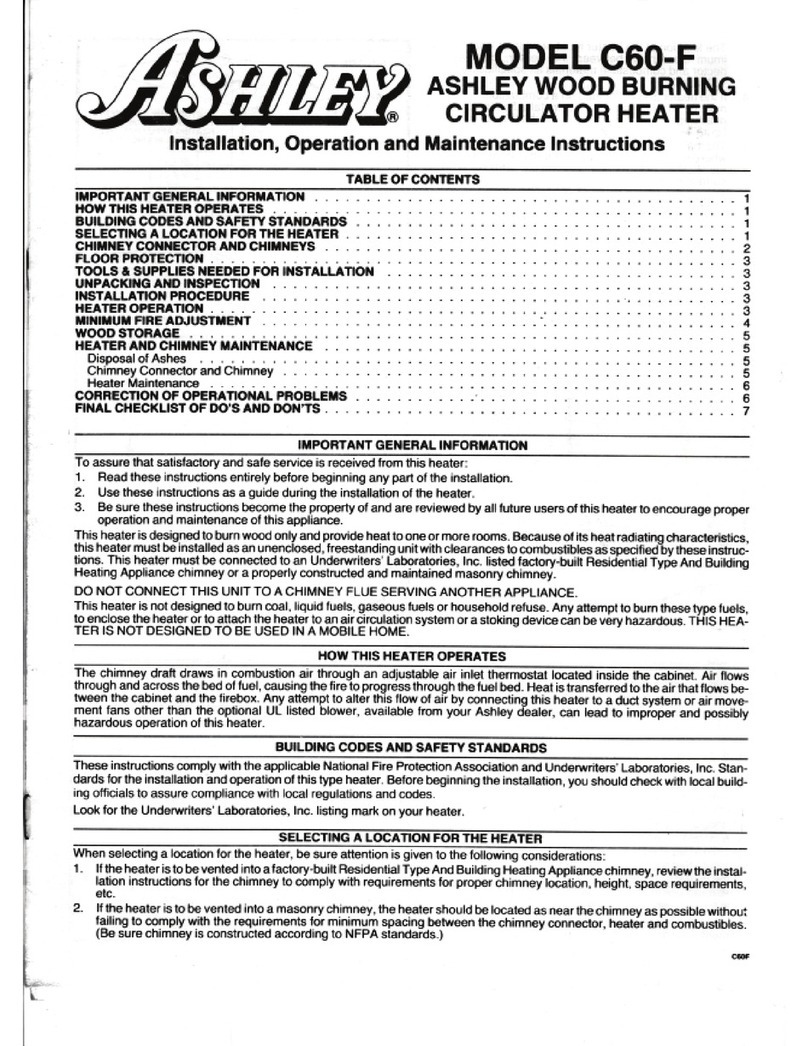
Ashley
Ashley C60-F General instructions

Ashley
Ashley AWC31 User manual
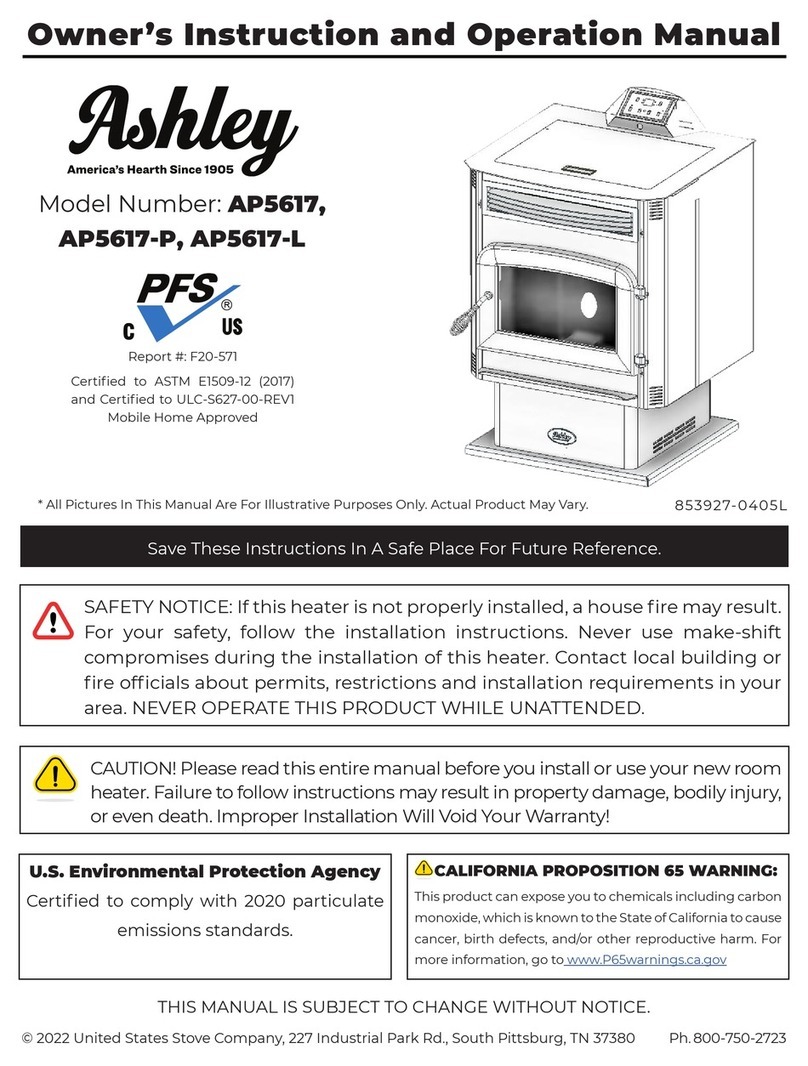
Ashley
Ashley AP5617 Operation and maintenance manual

Ashley
Ashley AP5660L User manual

Ashley
Ashley AW100E User manual
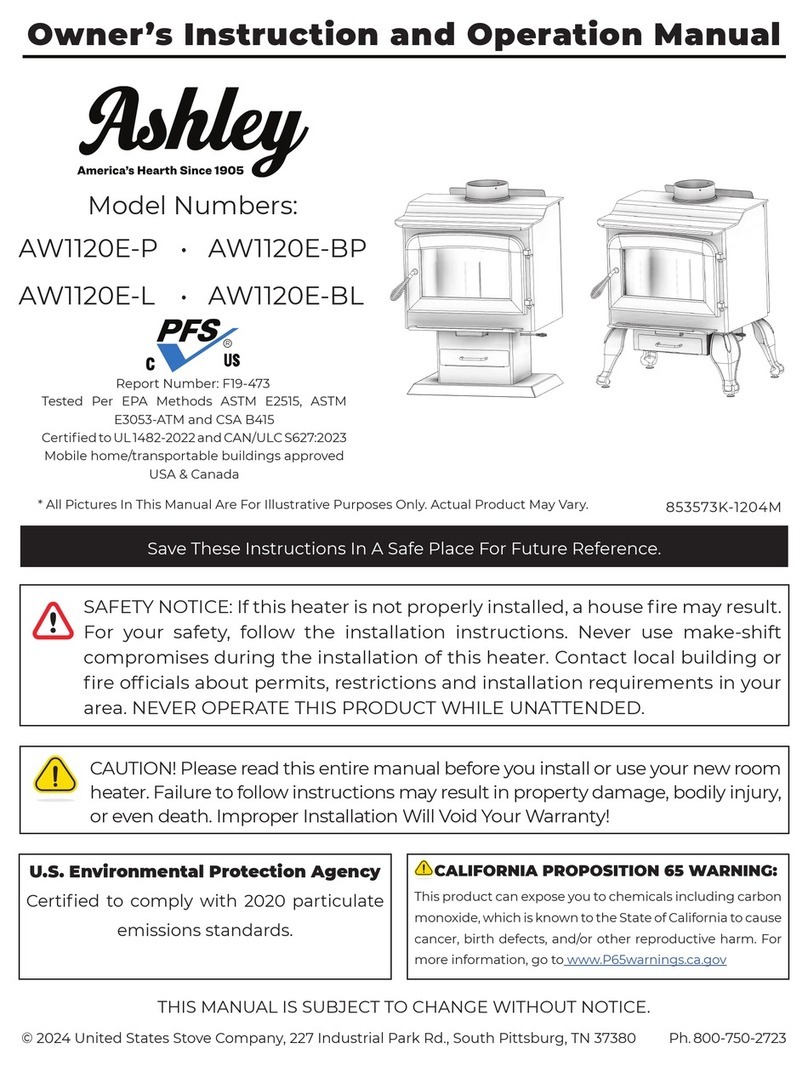
Ashley
Ashley AW1120E-P Operation and maintenance manual
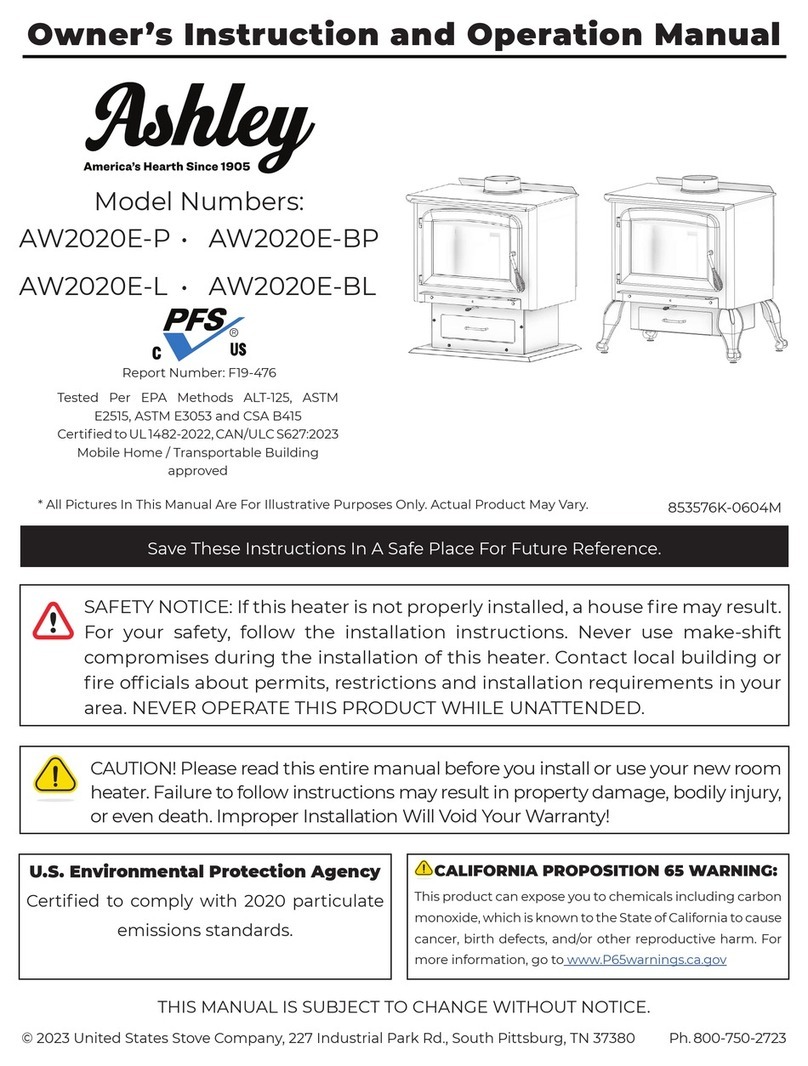
Ashley
Ashley AW2020E-P Operation and maintenance manual

Ashley
Ashley AW2020E-P Operation and maintenance manual

Ashley
Ashley AW3200E-P Operation and maintenance manual

Ashley
Ashley AC1100 User manual
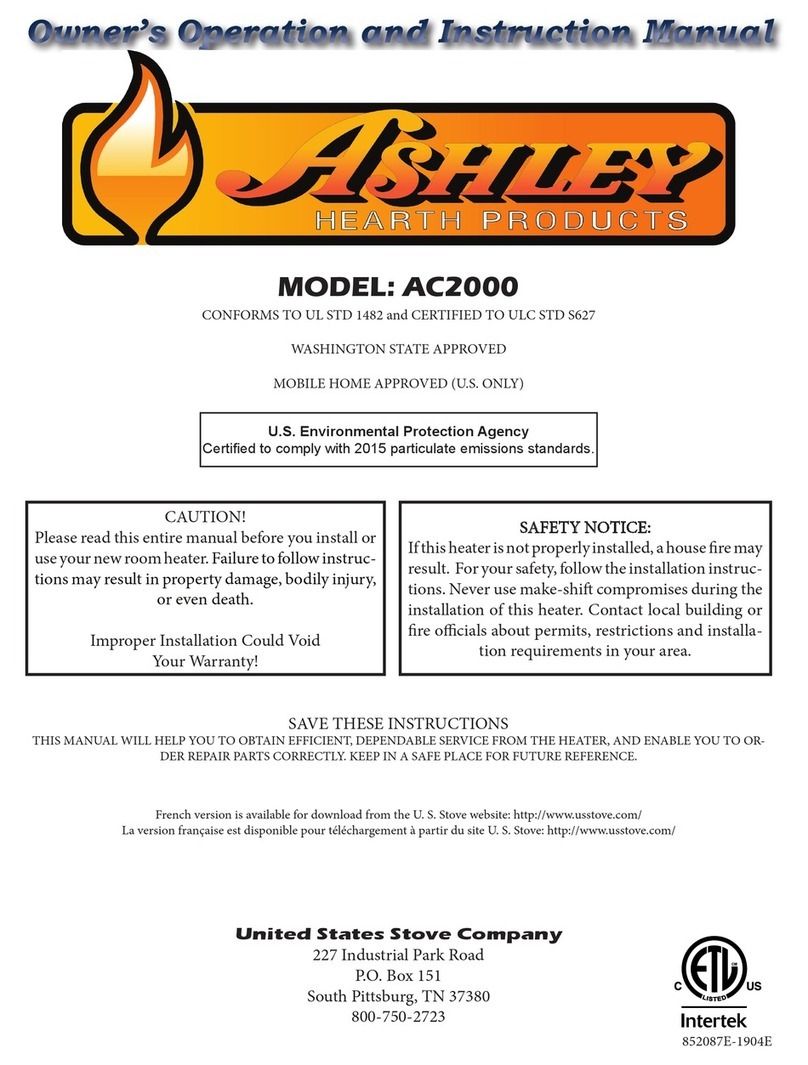
Ashley
Ashley AC2000 User manual

Ashley
Ashley AW180Bli User manual

Ashley
Ashley AF700 Quick start guide

Ashley
Ashley AW40 Operation and maintenance manual

Ashley
Ashley AW40 User manual
Popular Wood Stove manuals by other brands

RAIS
RAIS attika NEXO 100 GAS installation guide

WoodPro
WoodPro WS-TS-1500 owner's manual

Contura
Contura C 586W installation instructions

Palazzetti
Palazzetti EVA GENERAL INFORMATION - WARNINGS - INSTALLATION - MAINTENANCE

Lopi
Lopi 1250 Republic owner's manual

Panadero
Panadero CAPRI 3V Usage and maintenance instructions

























